1.Hsu Chung-ching served as Acting President of National Sun Yat-sen University again and presided over the relocation of the University to Guangdong provincec
In April 1940, President Zou Lu asked for resignation due to his illness. The Ministry of Education granted him leave and appointed Hsu Chung-ching as Acting President of National Sun Yat-sen University (NSYSU). This was the second time that Hsu Chung-ching had acted as the president of NSYSU since 1931. In July of the same year, the Ministry of Education agreed to relocate the University to northern Guangdong and southern Hunan. The University initially planned to move to Nanxiong County but later changed its way to Pingshi Town.cccccc
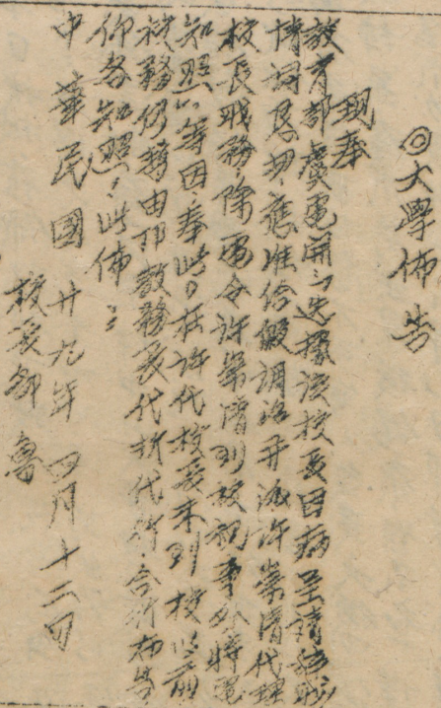
Photo 1: Notice on Hsu Chung-ching as Acting President, from National Sun Yat-sen University Daily (April 13, 1940)ccc
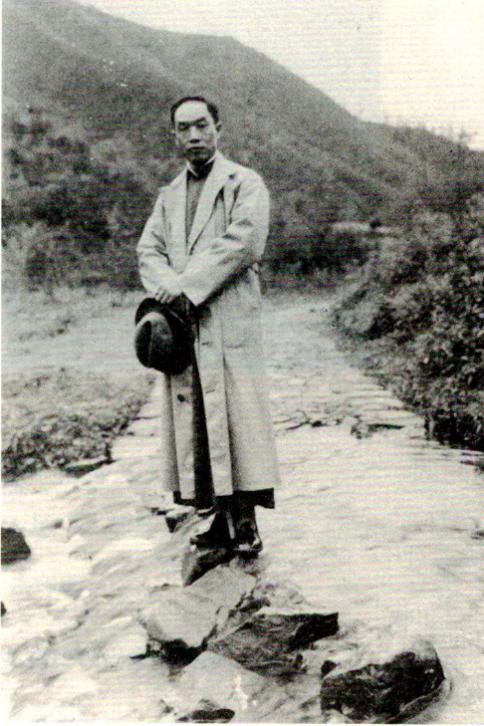
Photo 2: Hsu Chung-ching
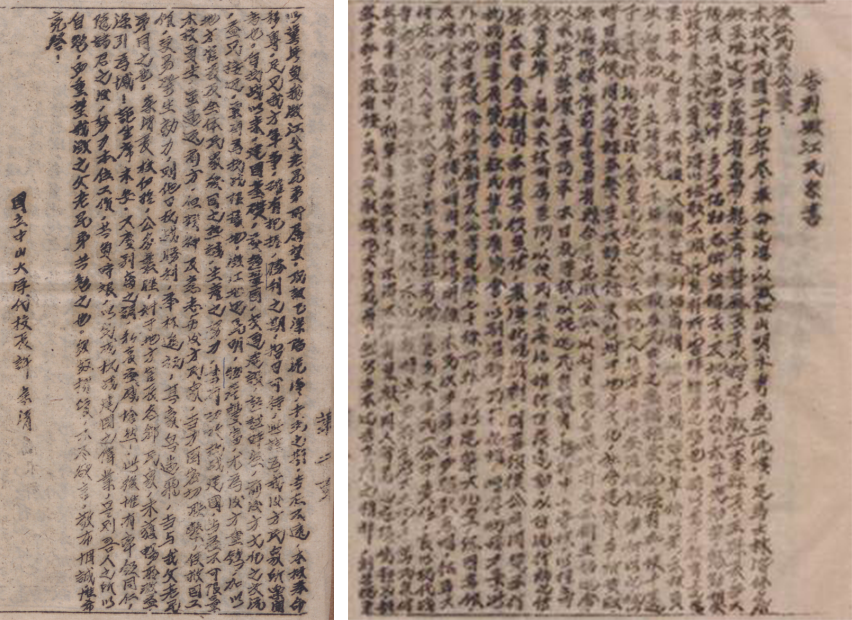
Photo 3: Before leaving Chengjiang, Hsu Chung-ching wrote a “Farewell Letter to the People of Chengjiang”

Photo 4: Letter to the governments of Yunnan, Guizhou, Guangxi, Hunan, and Guangdong requesting the protection of transportation vehicles (from Sun Yat-sen University Archives)
2.NSYSU launched Preparatory Programs for overseas Chinese students and admitted out-of-school high school graduates
By order of the Ministry of Education in 1939, NSYSU launched its Preparatory Programs in January 1940. The Preparatory Programs in NSYSU was subtly different from those in other universities. Students were recommended for admission by the Overseas Community Affairs Council, assigned after examination by the Ministry of Education, and provided with preparatory training for the university. The top fifty percent of those students were exempted from the entrance examination and were assigned to public or private universities by the Ministry of Education.
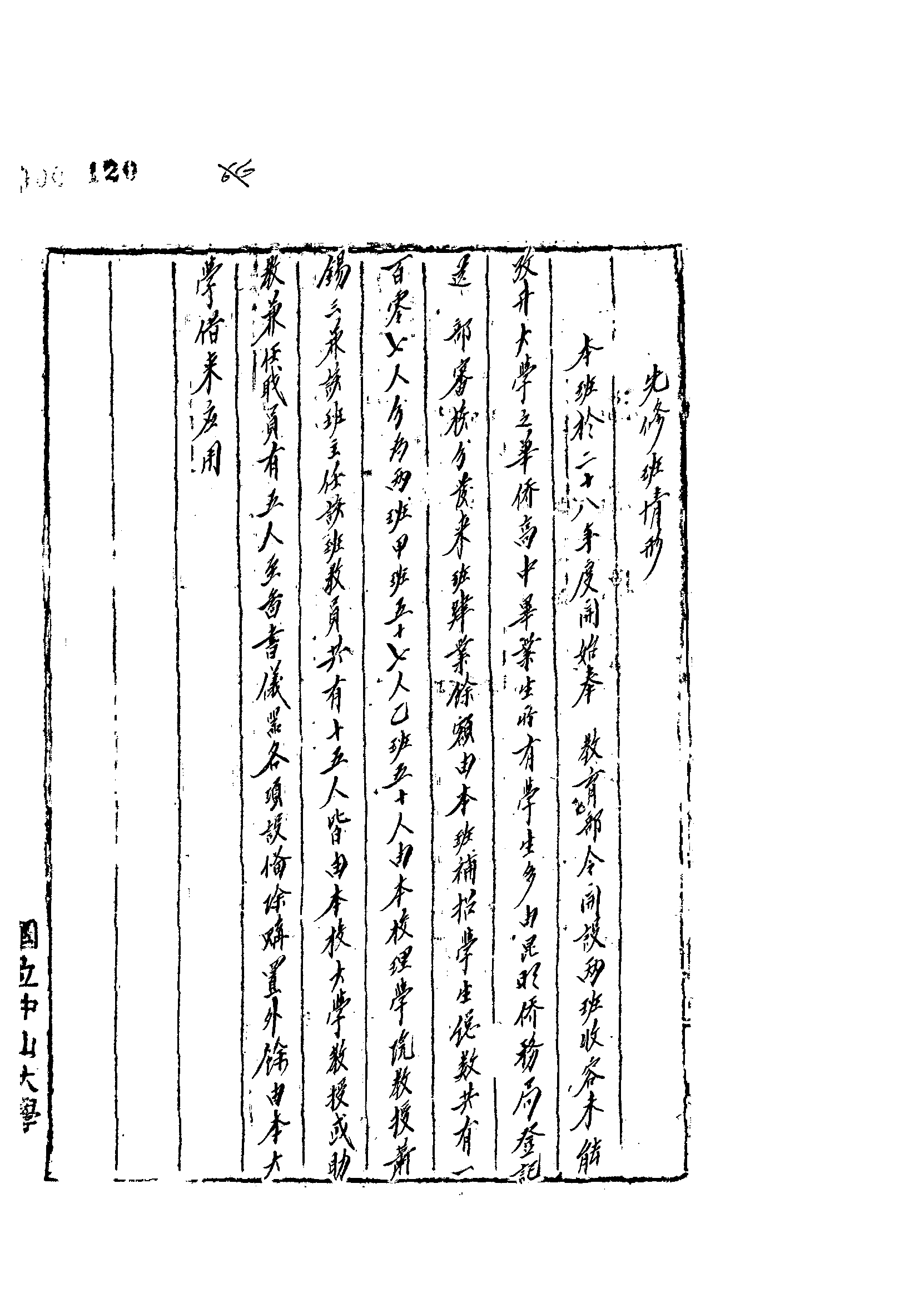
Photo 1: The Preparatory Programs in NSYSU in 1939 (excerpts) (from Sun Yat-sen University Archives)
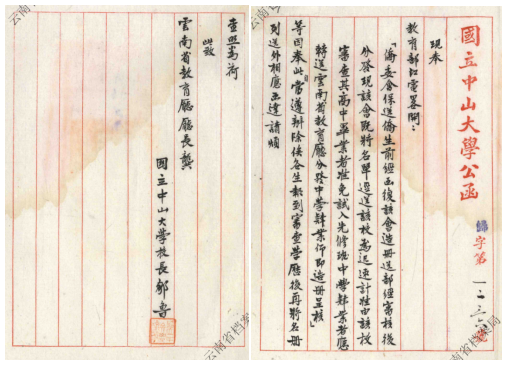
Photo 2: Letter from NSYSU to the Department of Education of Yunnan Province concerning the distribution of students in the Preparatory Programs recommended by the Overseas Community Affairs Council (from Yunnan Archives)
3.The Institute of Soil Science carried out investigations on soil and land use in Chengjiang
After relocating to Yunnan, the Institute of Soil Science of the College of Agriculture of NSYSU found that few researches had been conducted on the soil on the southwestern borderland. Therefore, teachers and students in the institute carried out investigations of the local soil, hoping to apply the results to important agricultural counties nearby and even larger parts of southwestern China. Their efforts aimed to better understand the soil condition in southwestern China and further contribute to local development. Based on the investigation, they edited and published a book entitled Soil of Chengjiang, and drew the “Overview Map of Land Use in Chengjiang County, Yunnan Province” and the “Soil Map of Counties in Yunnan Province”.
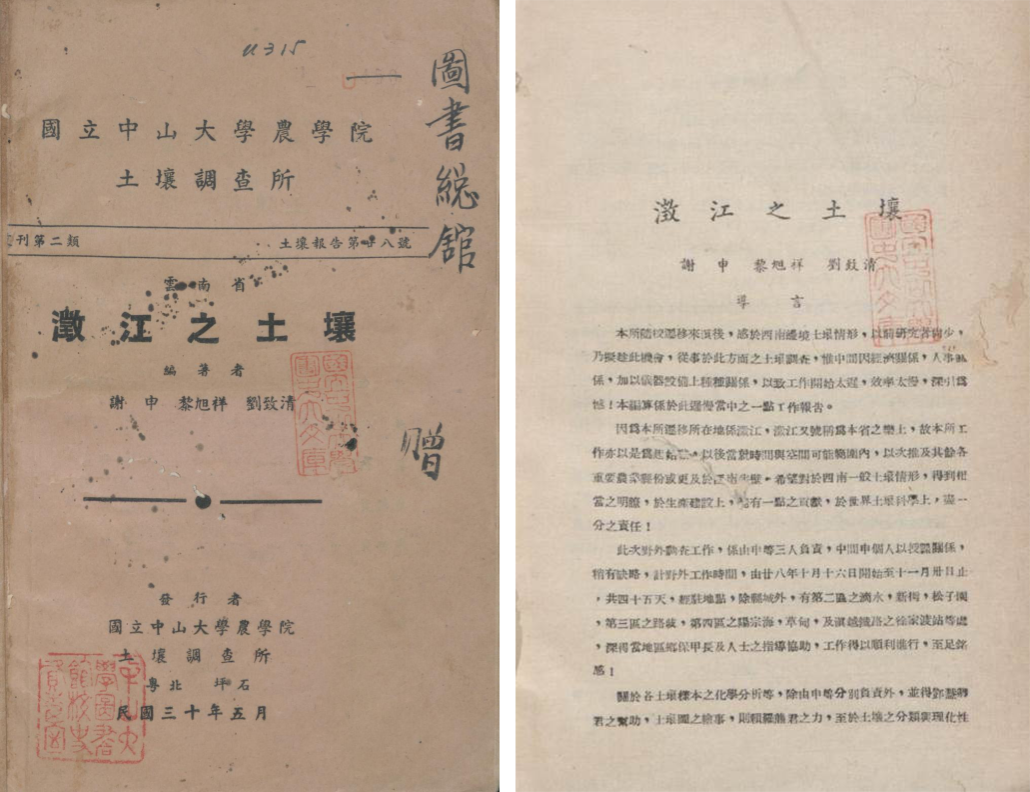
Photos 1-2: Cover and introduction of Soil of Chengjiang
4.NSYSU Research Institute formed the Investigation Group on the Yi People in Daliangshan with the Mobile Barracks of High Command at Xichang
In March 1940, in response to the request of Professor Yang Chengzhi, an anthropologist in the NSYSU Research Institute, the Investigation Group on the Yi People in Daliangshan was formed by the NSYSU Research Institute and the Mobile Barracks of High Command at Xichang. The aim of the Investigation Group was to develop the borderland, especially to reinforce the rear base of the Sichuan-Yunnan borderland, during the period of the counter-Japanese war. The Mobile Barracks of High Command at Xichang covered the expenses of the investigation, and the research institute selected and appointed the members of the investigation group. All folk objects collected in the process would be owned by the Institute of Arts. After the field work, the “Investigation Report” was published in the name of the Mobile Barracks of High Command at Xichang and the NSYSU Research Institute.

Photo: Report on the Investigation Group on the Yi People in Daliangshan, from National Sun Yat-sen University Daily (National Sun Yat-sen University Daily, 1940-3-8)
5.Discovery of animal fossils in Chengjiang
After the Department of Geology of the College of Science of NSYSU moved to Donglongtan Village of Chengjiang, Yang Zunyi and other teachers and students investigated the one-kilometer-away Maotian Mountain. They found a variety of small animal fossils, which served as a valuable source for the later discovery of the faunafossils in Chengjiang. According to the investigation report “Geology of Phosphate in Dongshan Village, Chengjiang County, Yunnan Province” by He Chunsun, the lower animal fossils he found with Yang Zunyi, Mi Shi, and other professors in Maotian Mountain were identified as Cambrian fossils by Professor Yang Zunyi. The Chengjiang Fossil Site is currently the best preserved fossil site of various ancient marine creatures, and records the formation of the complex marine ecosystems in prehistoric times. It is direct evidence of the Cambrian explosion, and is recognised as “one of the most astonishing scientific discoveries of the 20th century”. In 2012, the Chengjiang Fossil Site was included on the World Heritage List.
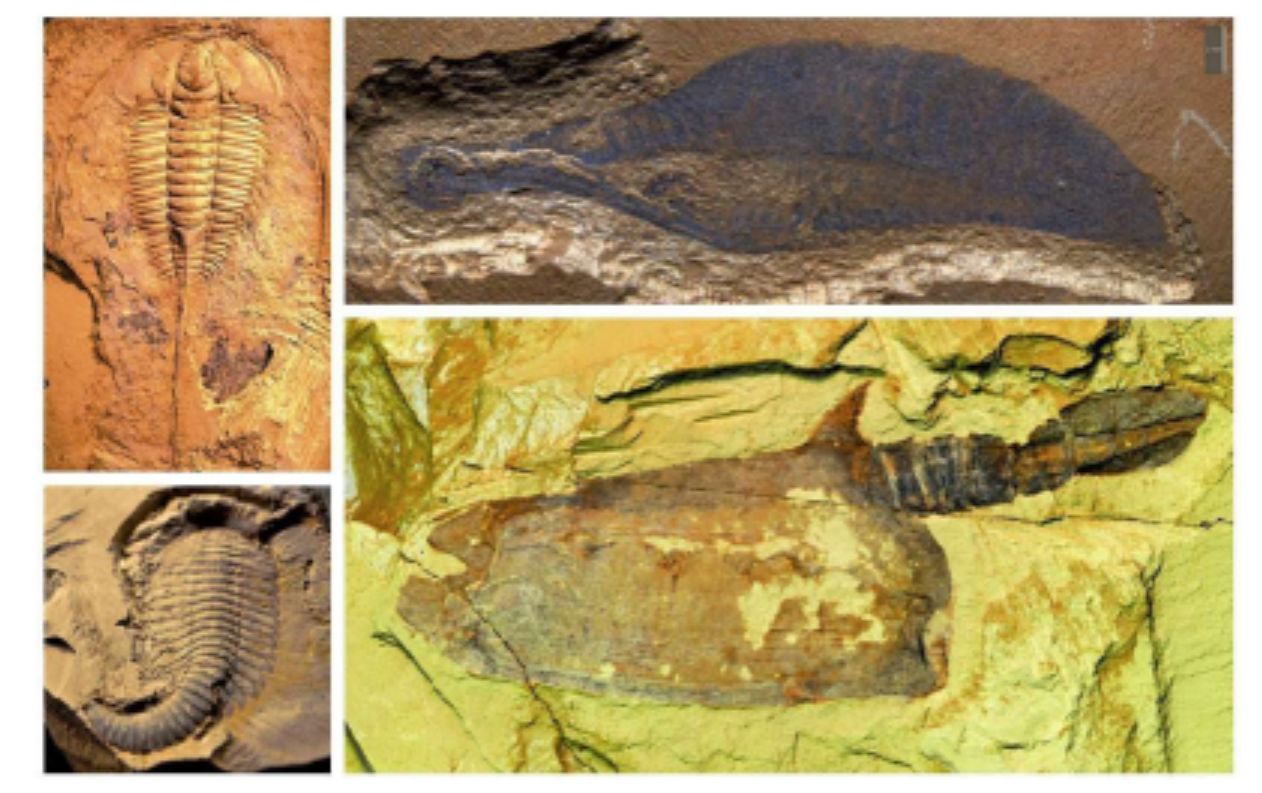
Photo 1: Fossils of ancient creatures in Maotian Mountain (Zhao Lihua, ed., The Golden Glow of Lotus, Yunnan University Press, 2020)ccccc
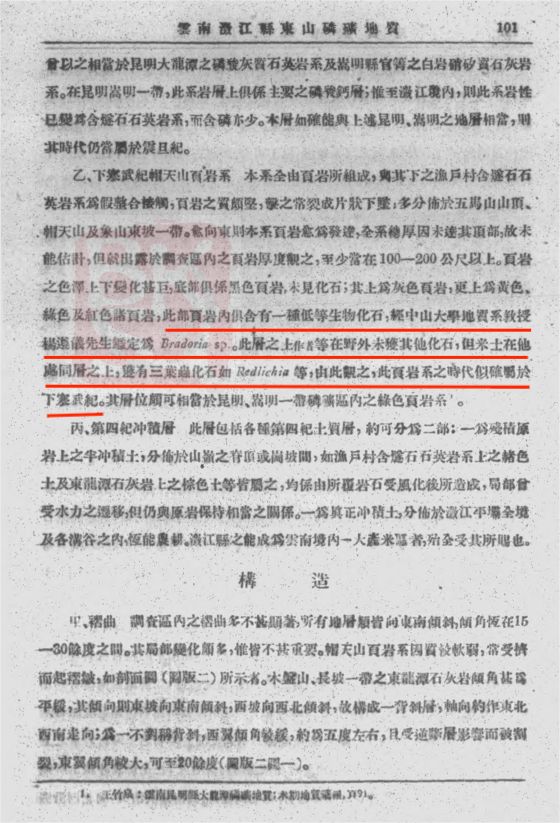
Photo 2: Fossils of lower animals in Maotian Mountain mentioned in the investigation report “Geology of Phosphate Mines in Dongshan Village, Chengjiang County, Yunnan Province” (Geologica Report, 1940(35))


